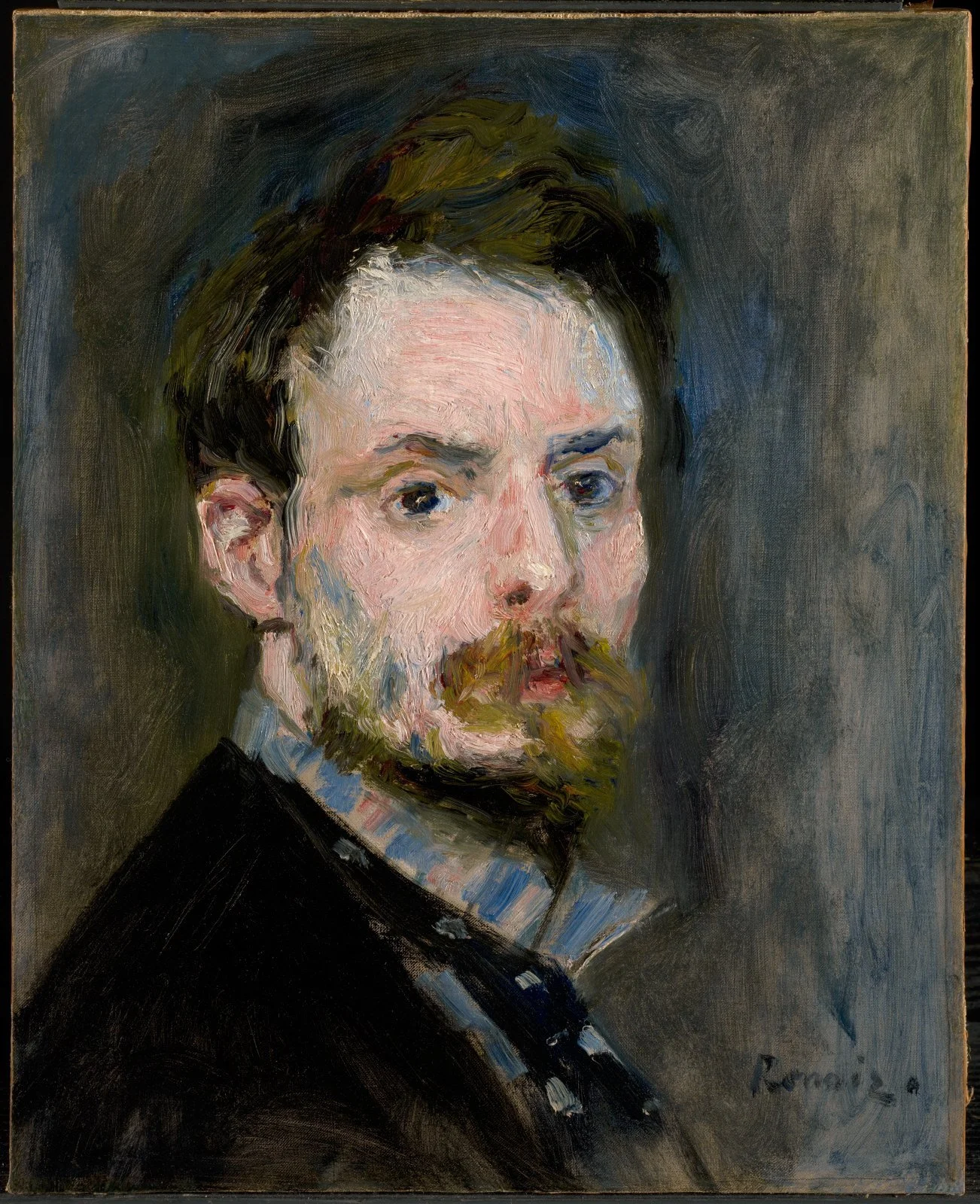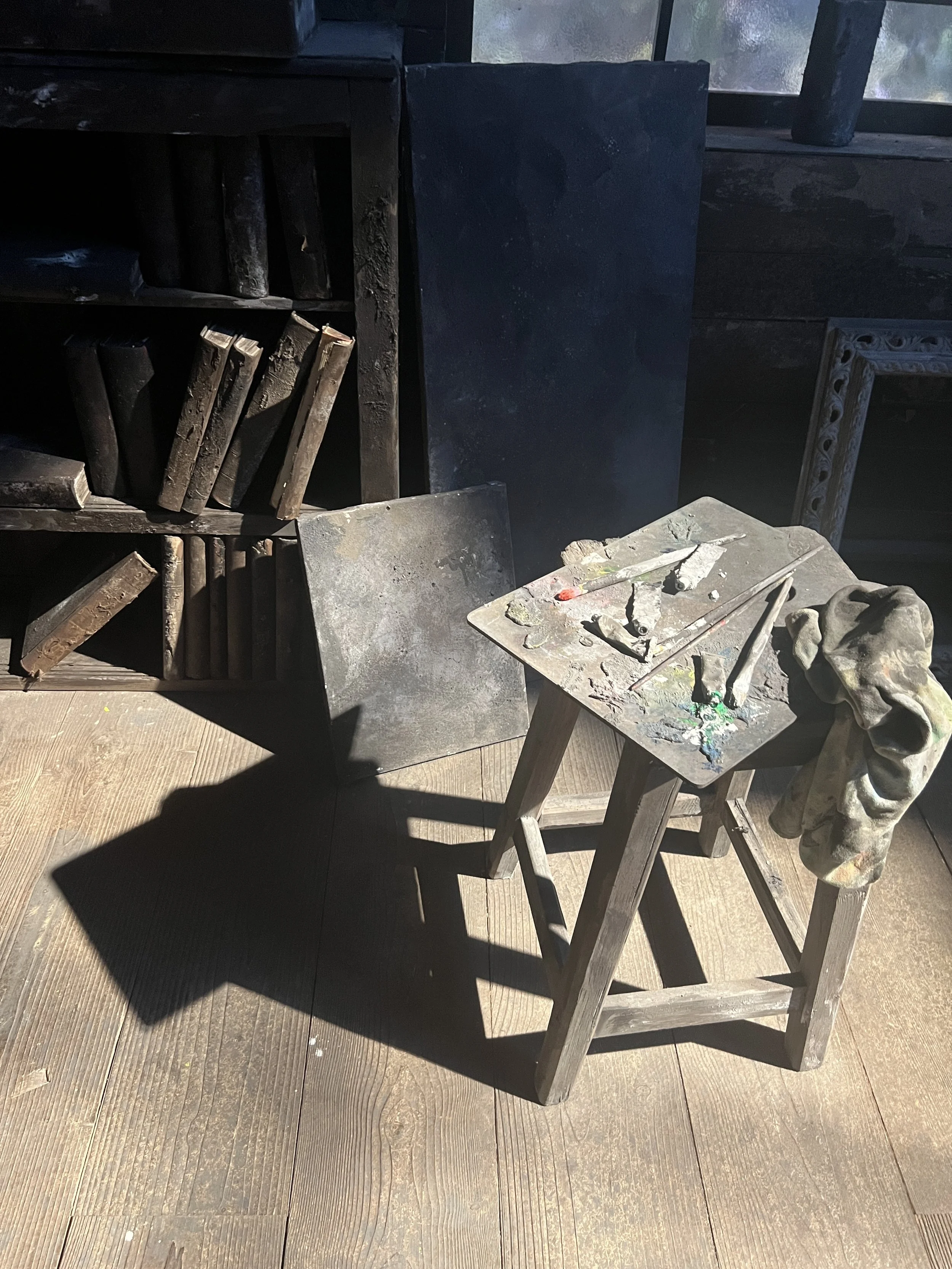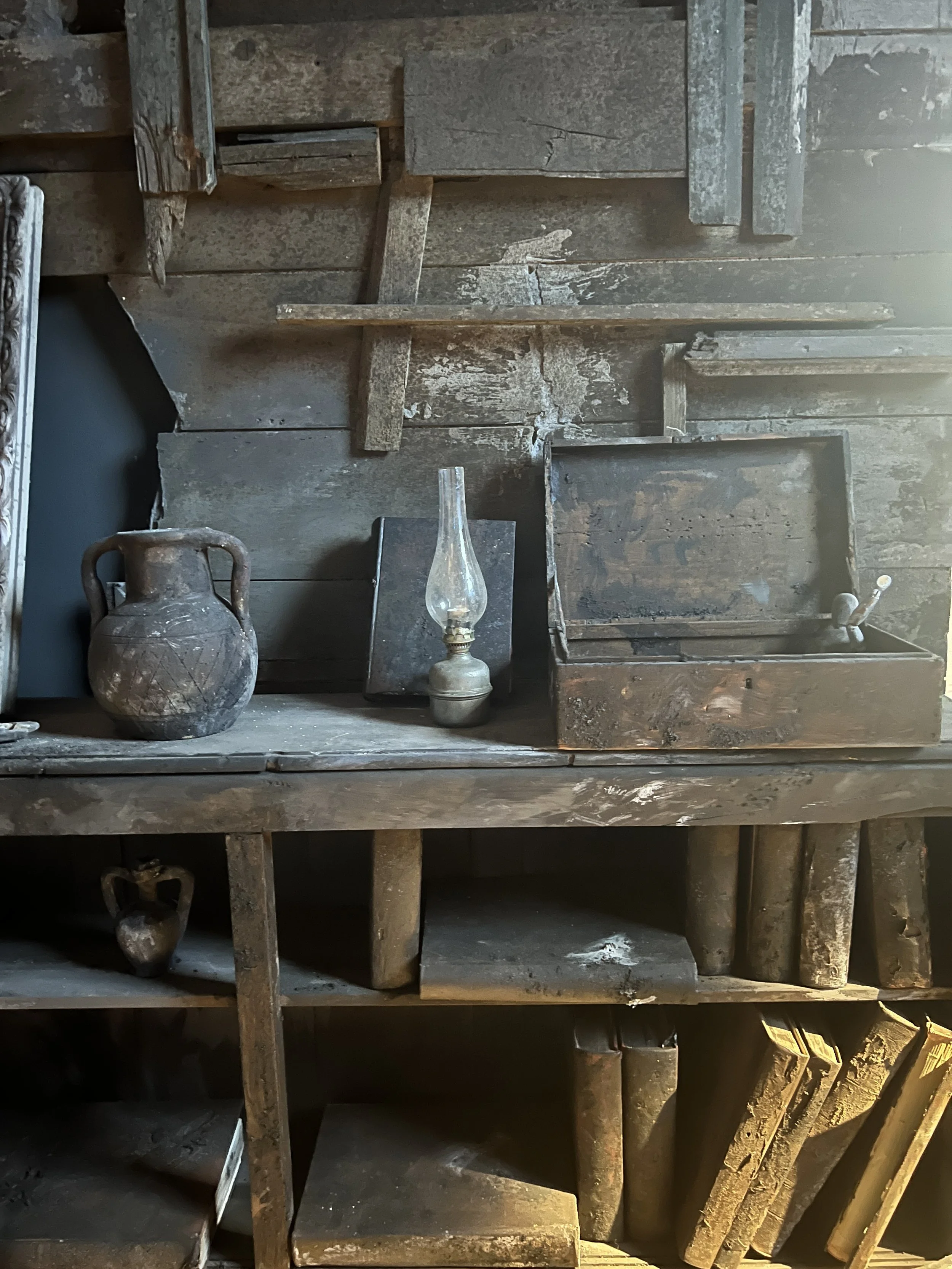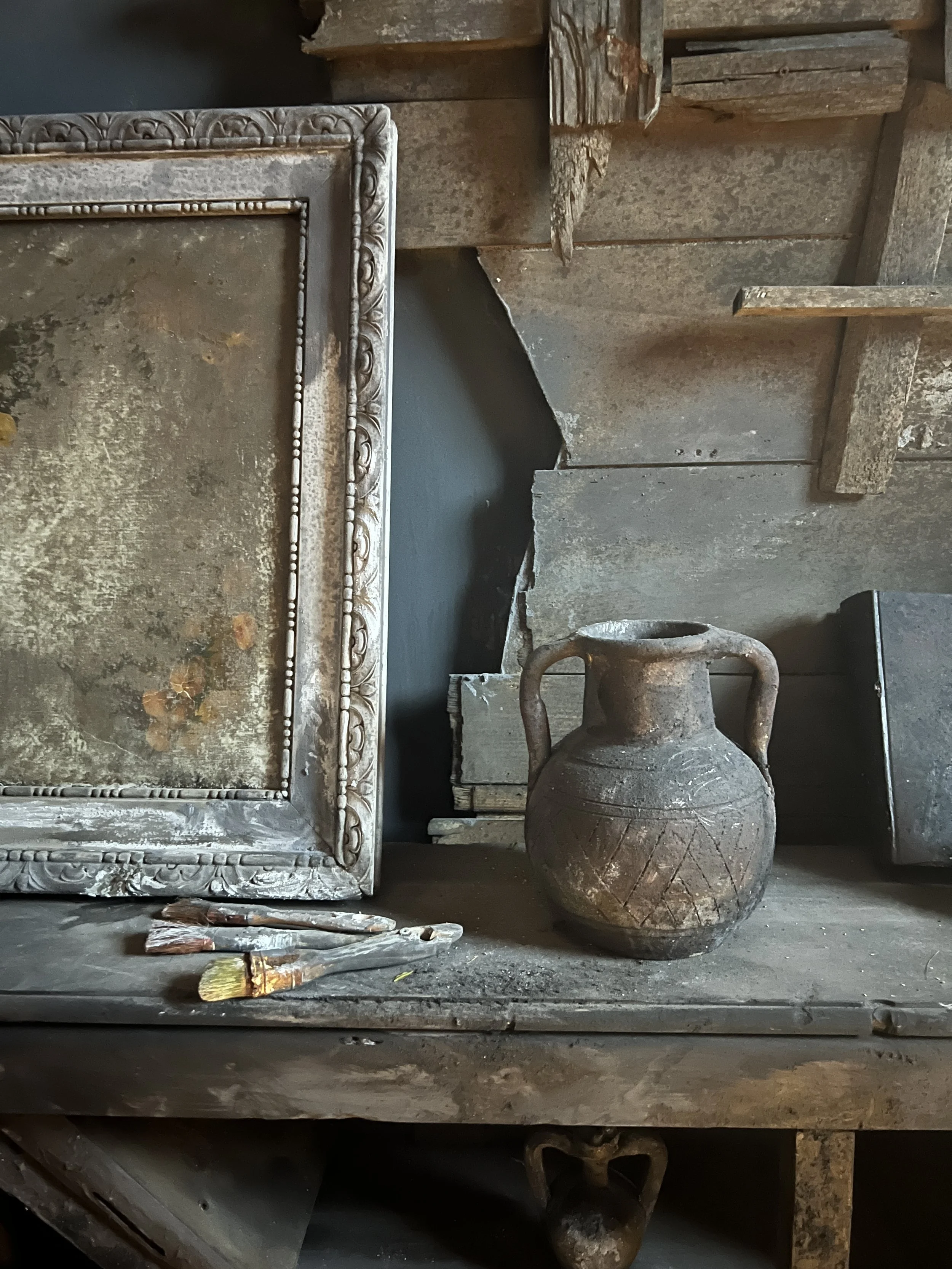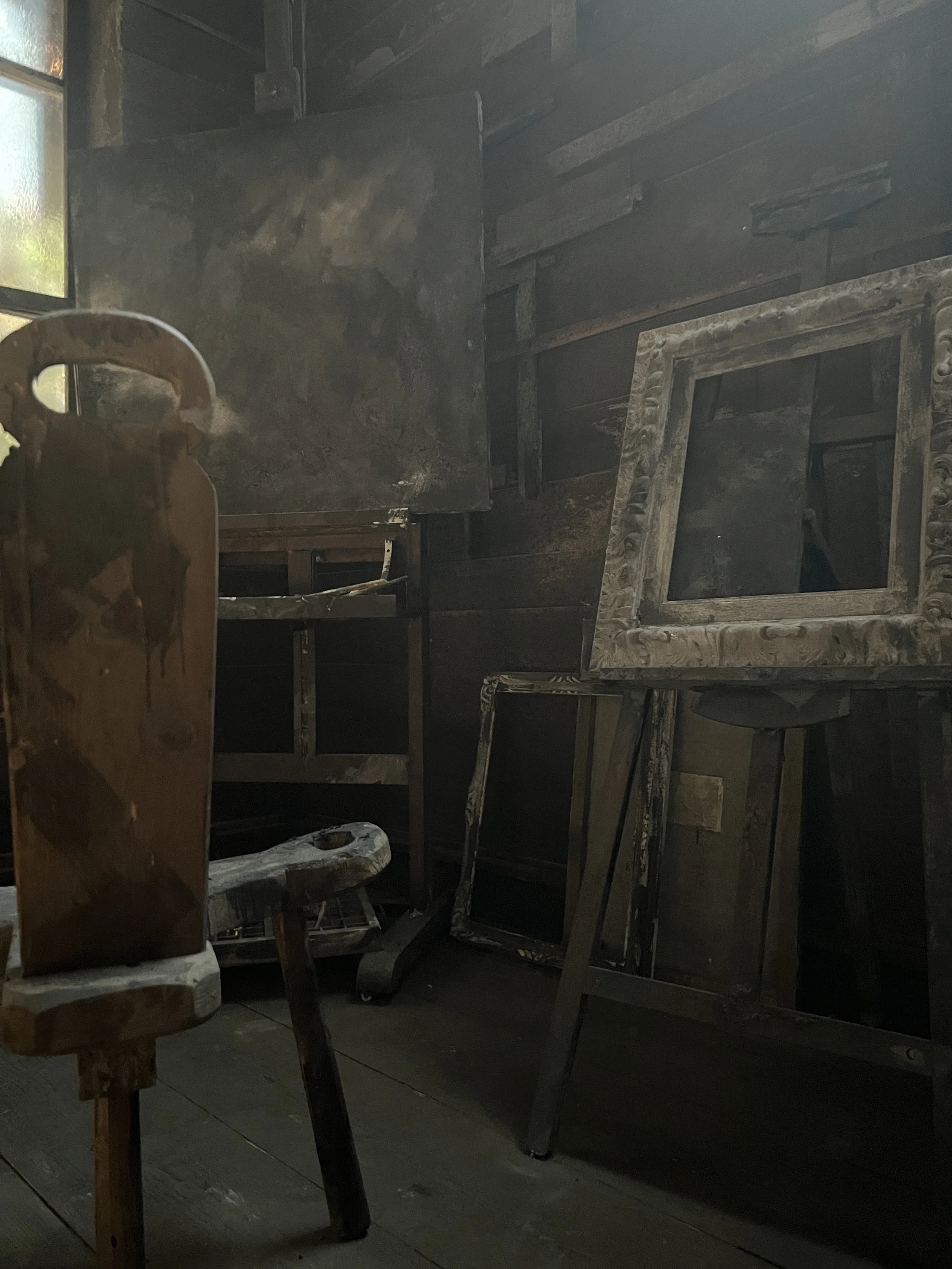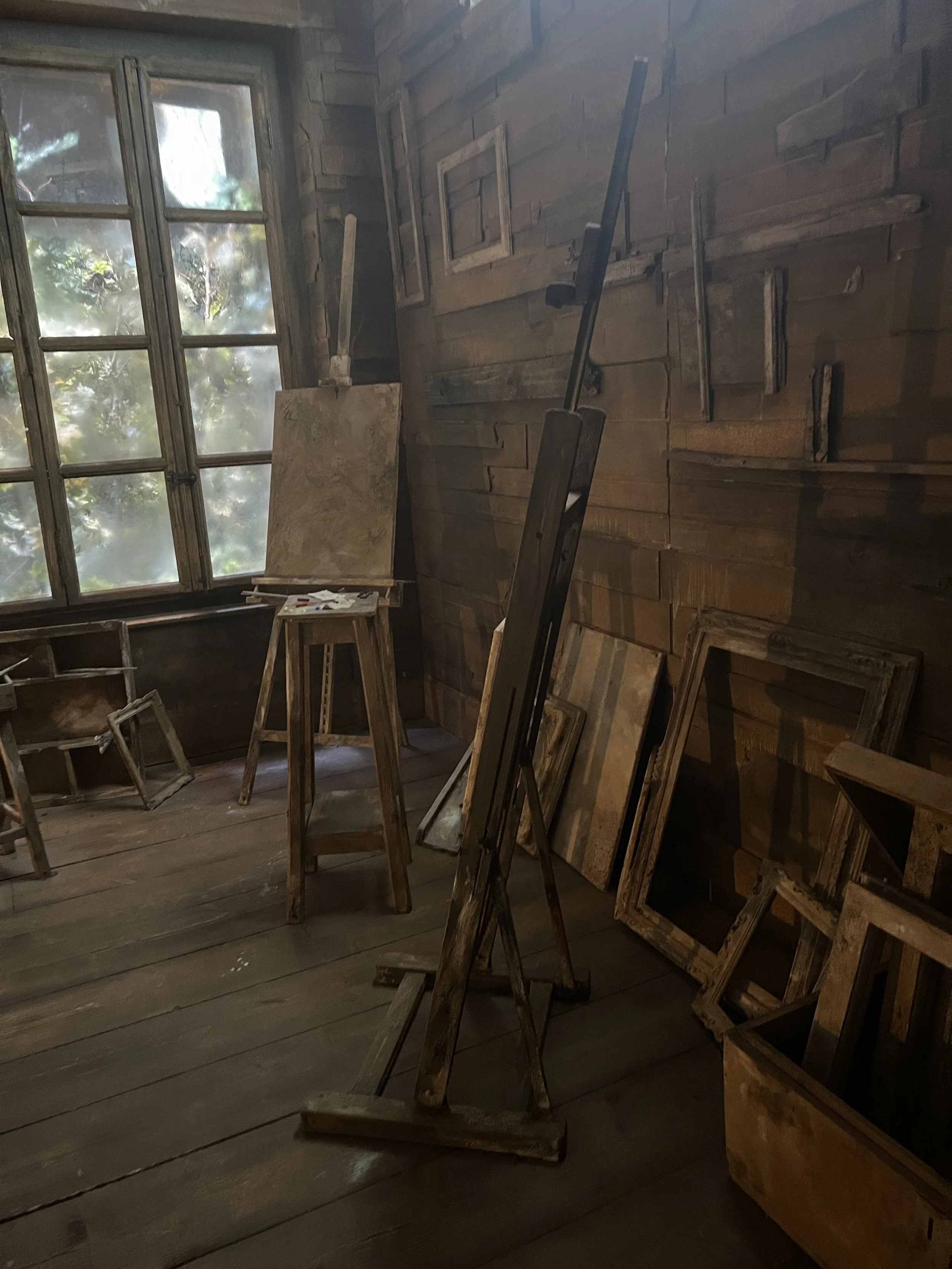Masterpieces by Cézanne and Renoir Unveiled in Milan for 150th Anniversary of Impressionism
In celebration of the 150th anniversary of the birth of Impressionism, an extraordinary new exhibition has opened at Milan's Palazzo Reale. The exhibition brings together 52 masterpieces by two of the movement's most influential figures - Paul Cézanne and Pierre-Auguste Renoir. The works on display span from the pioneering 1870s through the early 20th century, allowing visitors to trace the evolution of these French artists' groundbreaking styles. I had the privilege of visiting this remarkable exhibition and witnessing firsthand the profound impact of these two masters on the art world.
The Birth of Impressionism
Impressionism emerged in the late 19th century as a revolutionary movement that sought to capture the fleeting effects of light and colour in everyday scenes. This marked a significant departure from the rigid conventions of academic painting. Artists like Cézanne and Renoir were at the forefront of this movement, pushing the boundaries of artistic expression and challenging traditional notions of representation. The exhibition at Palazzo Reale provides a comprehensive overview of their contributions to this transformative period in art history.
Paul Cézanne: The Architect of Modern Art
Paul Cézanne, Self-Portrait, c.1880. The Yorck Project (Public Domain).
Paul Cézanne, often referred to as the "father of modern art," played a crucial role in bridging the gap between 19th-century Impressionism and 20th-century Cubism. His innovative approach to form and composition laid the groundwork for many future artistic developments. The exhibition features several of Cézanne's iconic works, including "Still Life with Straw Basket" (1890-94), which exemplifies his distinctive style.
Cézanne's work is characterized by its bold brushwork and the use of geometric shapes to deconstruct objects into their essential forms. In "Still Life with Straw Basket," for instance, he breaks down everyday objects into sculptural forms, creating a sense of structure and order. This approach was revolutionary at the time and influenced countless artists, including Pablo Picasso and Georges Braque, who later developed Cubism.
Pierre-Auguste Renoir: The Master of Light and Colour
Pierre-Auguste Renoir, Self Portrait, c. 1875. Image from The Clark Art Museum.
Pierre-Auguste Renoir, in contrast to Cézanne, is renowned for his vibrant and sensitive touch. His paintings capture the essence of fleeting moments, emphasizing the sensations of textures, folds, and reflected light. The exhibition includes Renoir's shimmering 1881 work "Peaches," which exemplifies his ability to capture the delicate shine of fruit and the soft folds of a tablecloth.
Renoir's work is characterized by its luminosity and the use of loose, expressive brushstrokes. His ability to convey the ephemeral quality of light and colour made him a central figure in the Impressionist movement. Unlike Cézanne, who sought to convey the underlying structure of objects, Renoir focused on capturing the immediate visual experience, creating paintings that are both joyful and evocative.
Exhibition Layout and Design
Kees van Dongen, Portrait of Paul Guillaume. Image by Rhiannon Piper.
Upon entering the Palazzo Reale, visitors are greeted with the first painting, "Portrait of Paul Guillaume" by Kees van Dongen (1877-1968), on loan from the Musée de l'Orangerie in Paris. This striking portrait sets the stage for the entire exhibition. Paul Guillaume was an influential art dealer and collector who championed many avant-garde artists, including the Impressionists. His inclusion in the exhibition underscores the pivotal role of art patrons and dealers in promoting and sustaining the Impressionist movement.
The exhibition is thoughtfully arranged into thematic groupings, each highlighting different aspects of Cézanne's and Renoir's work. This organization allows visitors to explore the distinct yet complementary contributions of each artist. The thematic groupings include still lifes, landscapes, portraits, and figure paintings, offering a comprehensive view of their artistic practices.
Within each thematic grouping, the artworks are displayed in chronological order, allowing visitors to trace the evolution of Cézanne's and Renoir's styles over time. This chronological progression provides insight into how their techniques and approaches developed in response to changing artistic influences and personal experiences.
Thematic Sections
Still Lifes

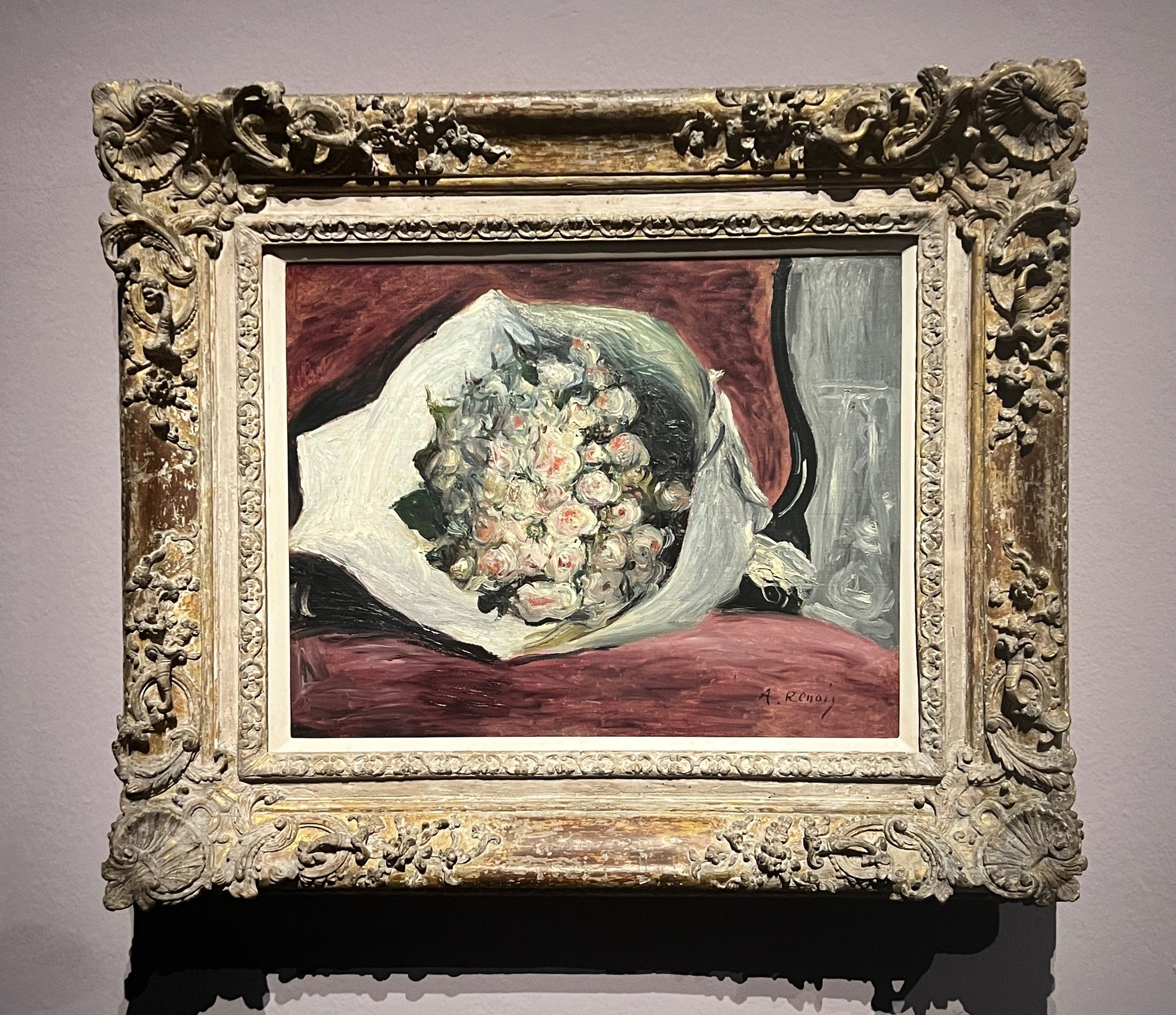

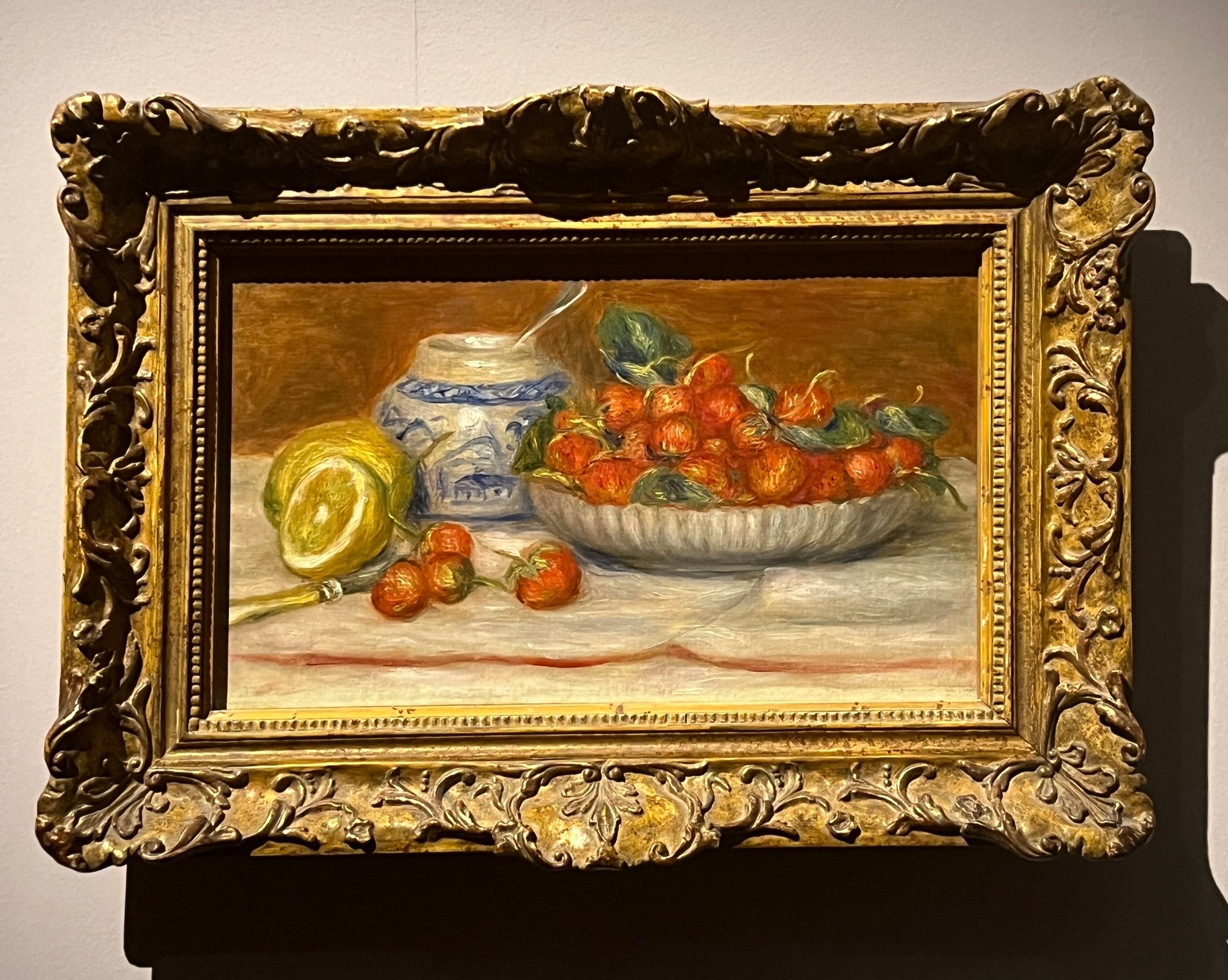
Cézanne's still lifes are a significant focus of the exhibition, showcasing his innovative approach to composition and form. His still lifes, such as "Still Life with Soup Terrine" (1870), are characterized by their bold brushwork and the use of geometric shapes to deconstruct objects into their essential forms. These works reflect Cézanne's desire to capture the underlying structure of objects, creating a sense of order and stability.
The exhibition includes several of Cézanne's most famous still lifes, allowing visitors to appreciate his meticulous attention to detail and his ability to create complex compositions from everyday objects. His use of colour and light to construct form had a profound impact on subsequent generations of artists, solidifying his reputation as one of the most influential figures in the history of art.
Renoir's still lifes also feature prominently in the exhibition, highlighting his contrasting approach to the genre. Renoir's still lifes, such as "Strawberries" (1905), focus on the transient effects of light and colour, capturing the delicate textures and subtle reflections of everyday objects. His loose brushwork and vibrant palette convey a sense of immediacy and sensuality, celebrating the beauty of the moment.
Portraits and Figures
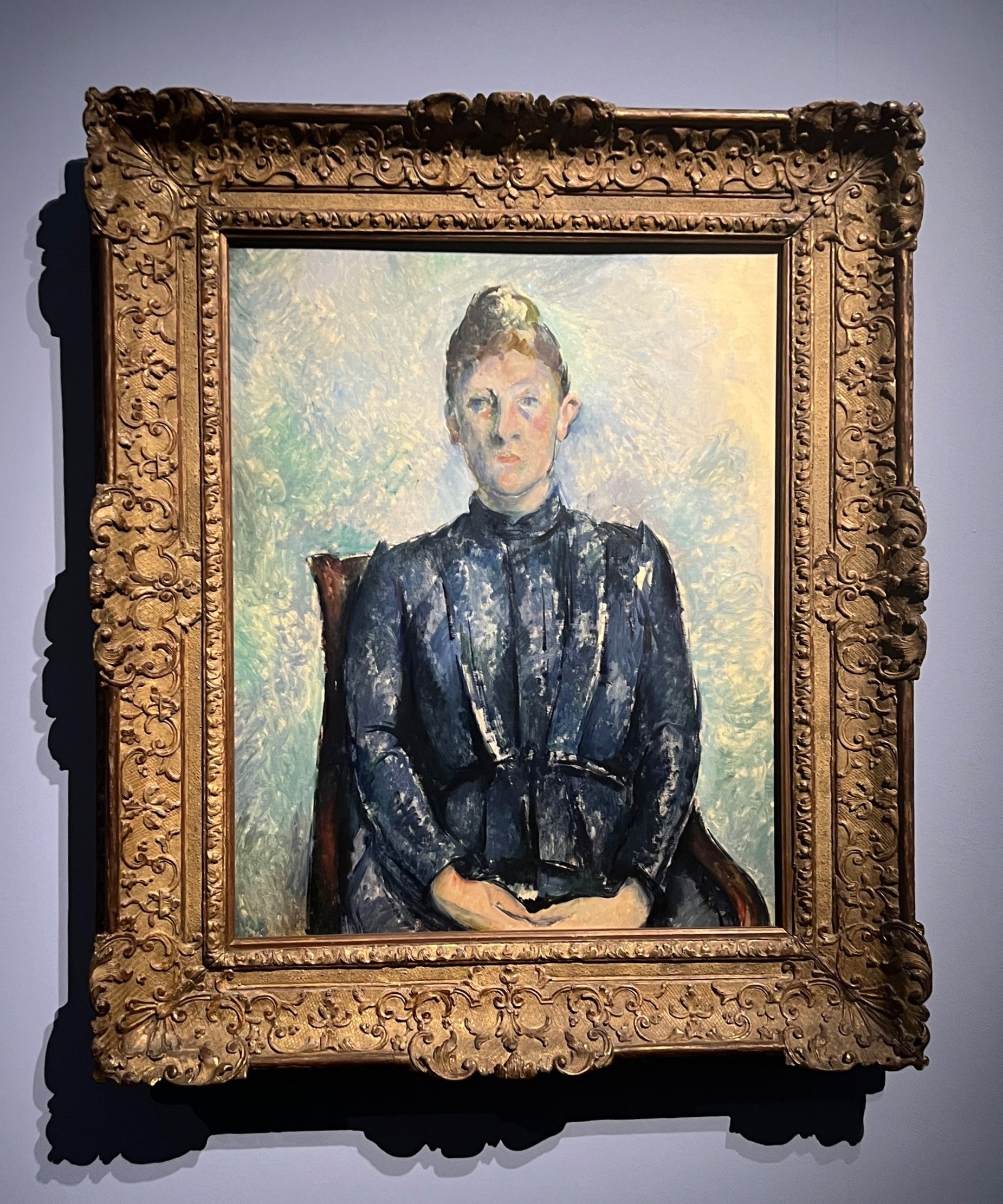
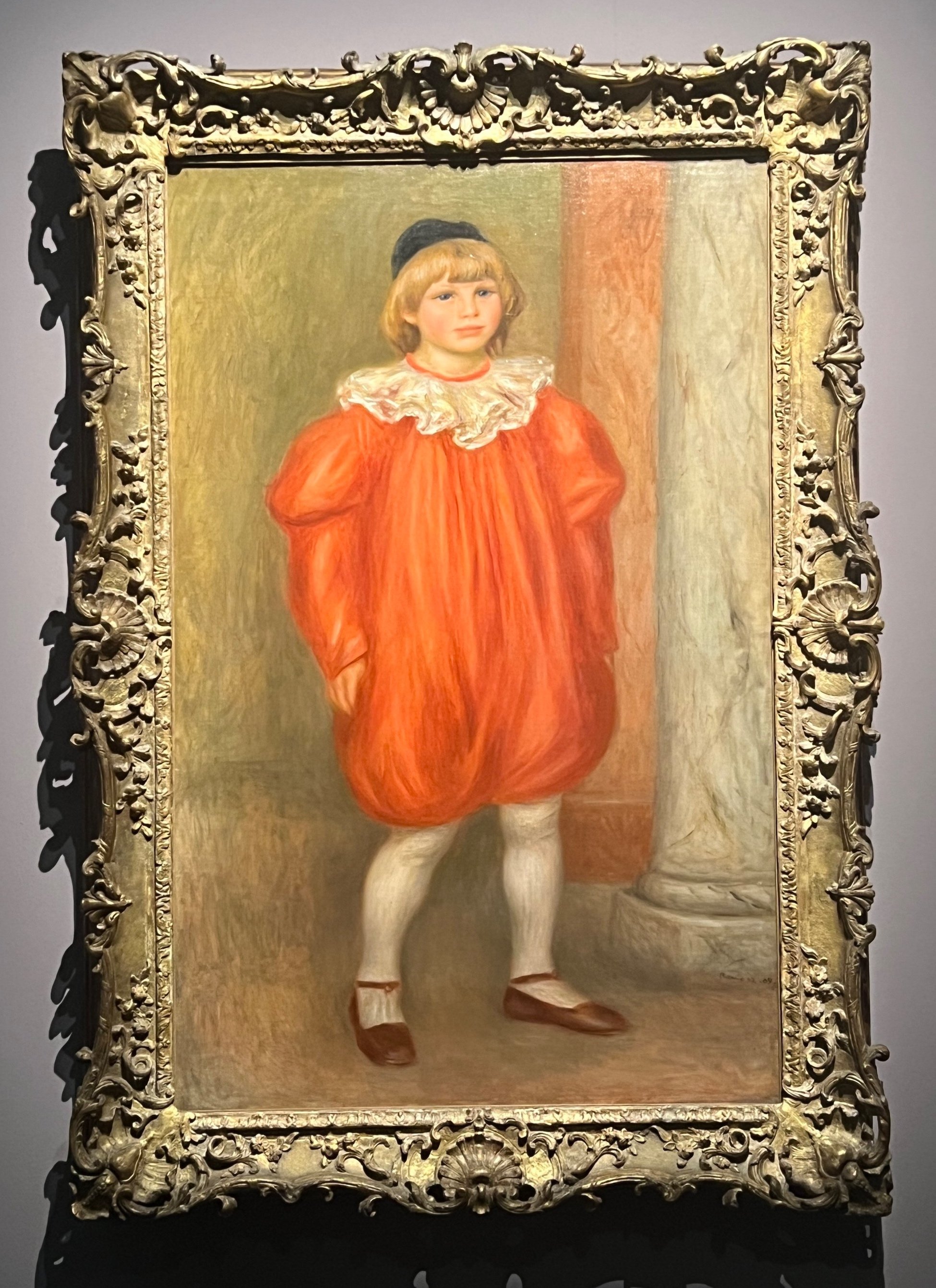
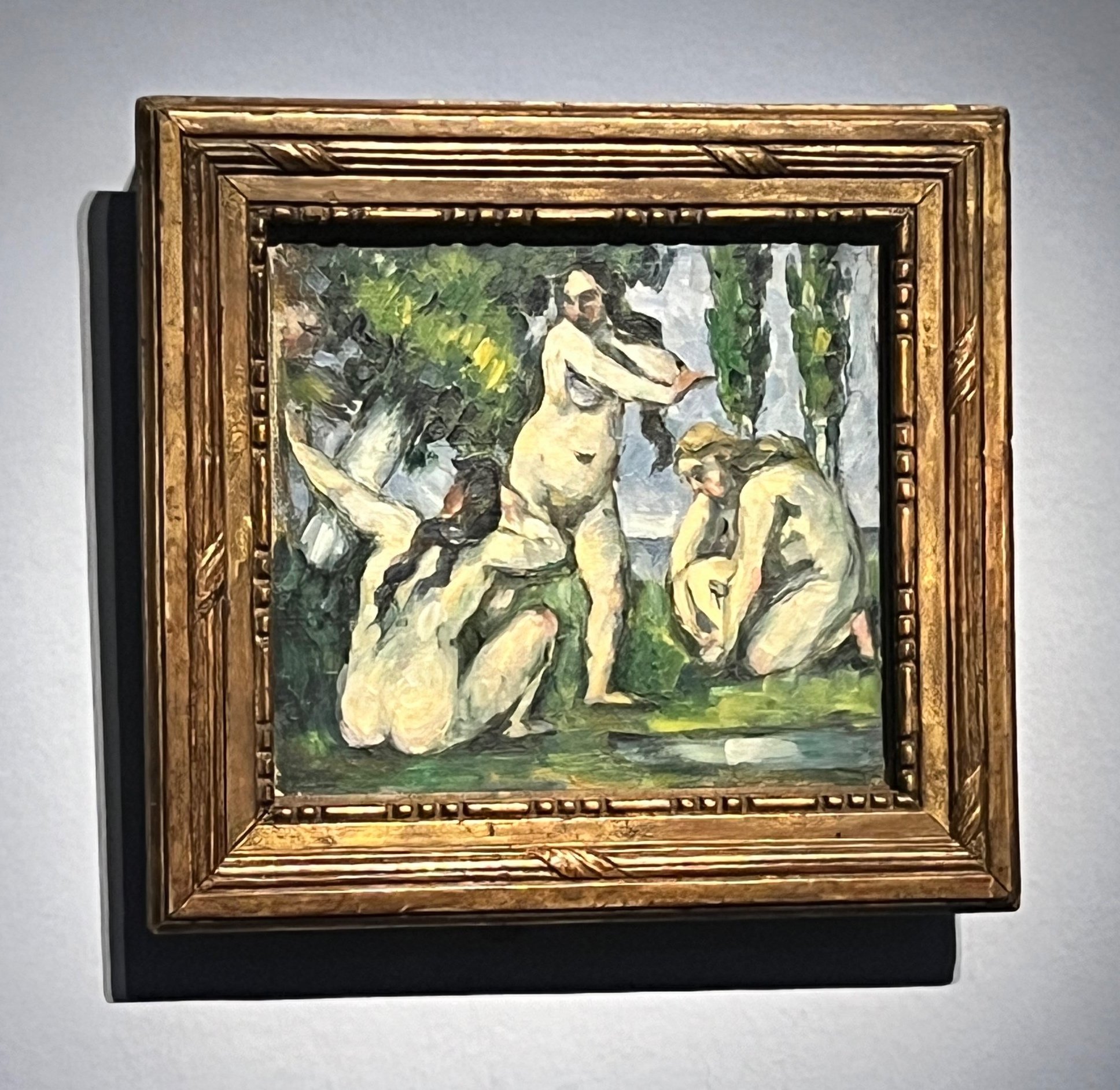
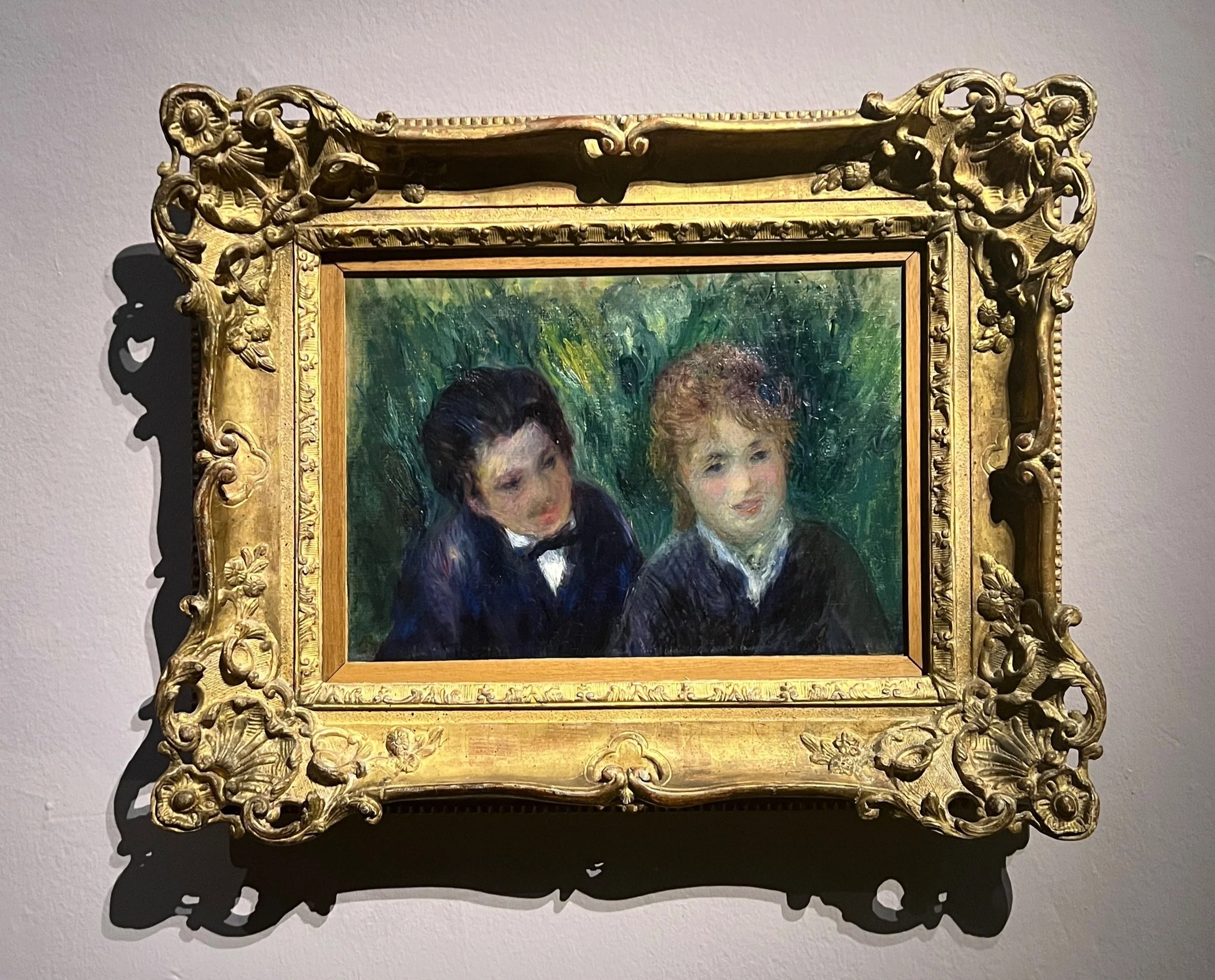
Renoir's portraits and figure paintings capture the warmth and vitality of his subjects, demonstrating his mastery of the human form. His ability to convey the softness of skin and the play of light on the human body is unparalleled. The exhibition includes several of Renoir's most celebrated portraits, such as "Portrait of a young man and a girl" (1875-1880), which showcases his talent for capturing the personalities and emotions of his sitters.
Renoir's exploration of the human form is a central theme of the exhibition, highlighting his contributions to the development of modern portraiture. His portraits not only depict the physical appearance of his subjects but also convey a sense of their inner lives and emotions, creating a deep connection between the viewer and the painted figures.
Cézanne's portraits, though less numerous than his still lifes and landscapes, also provide insight into his distinctive style. His portraits, such as "Portrait of Madame Cézanne" (1885-87), emphasize the geometric structure of the human form, breaking down facial features into planes of colour and light. This approach reflects Cézanne's broader interest in revealing the underlying order and stability of the natural world.
Landscapes
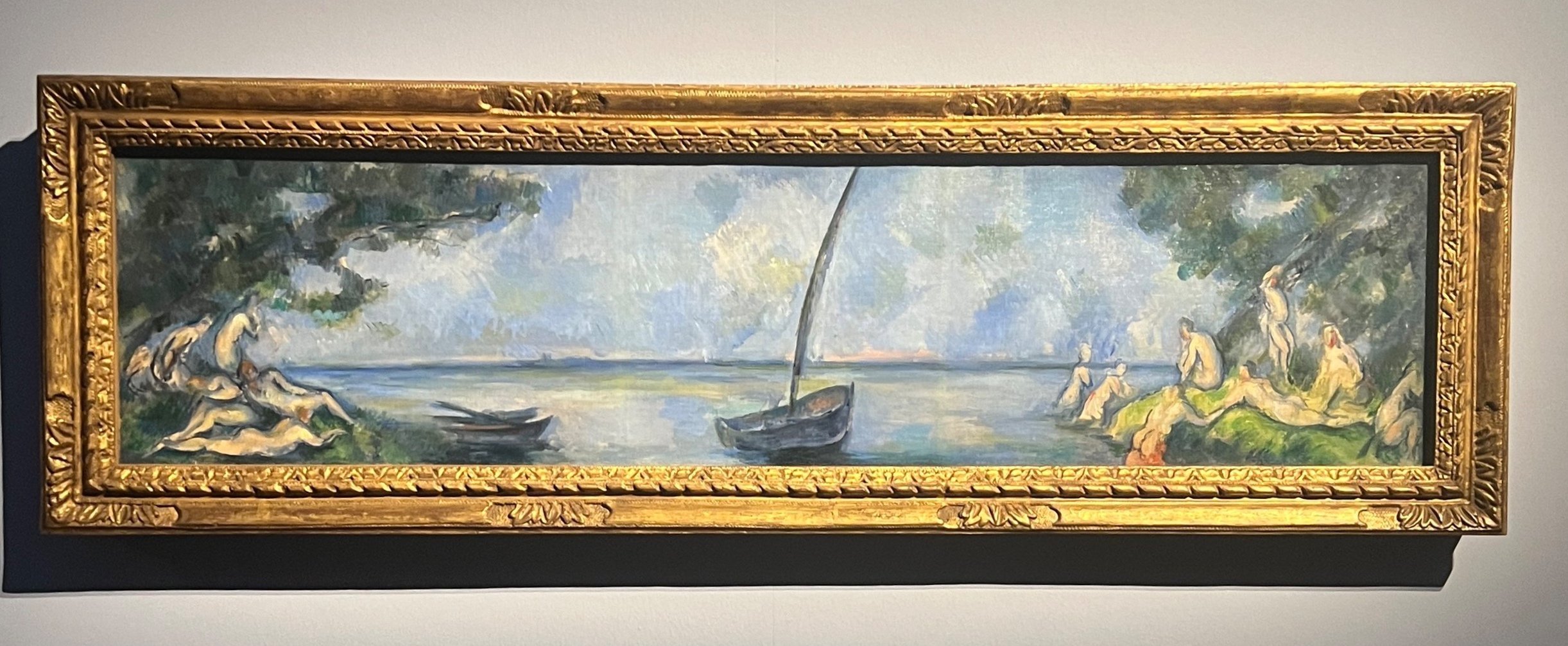

Cézanne's landscapes are another key component of the exhibition, showcasing his ability to capture the rugged beauty of the Provençal countryside. His landscapes, such as "The Boat and the Bathers" (c. 1890), are characterized by their bold brushwork and use of geometric shapes to convey the structure of the landscape. Cézanne's landscapes reflect his desire to capture the essence of the natural world, creating a sense of order and stability.
Renoir's landscapes, on the other hand, are celebrated for their luminous quality and the depiction of idyllic scenes. The exhibition features several of Renoir's landscape paintings, which capture the beauty and tranquility of the French countryside. His loose, expressive brushwork and the use of vibrant colours convey the fleeting effects of light and atmosphere.
One of the highlights of the exhibition is Renoir's "The England Pear" (1871-1872), which depicts a sunlit scene with a central pear tree. The painting exemplifies Renoir's ability to capture the ephemeral qualities of light and colour, creating a sense of movement and vitality.
Immersive Studio Recreations
Cézanne's Studio
A reconstruction of Cézanne’s Studio, Image by Rhiannon Piper.
One of the most captivating aspects of the exhibition is the recreation of Cézanne's studio in Aix-en-Provence. This meticulously designed space offers visitors a glimpse into the environment where Cézanne worked and found inspiration. The studio is recreated with careful attention to detail, featuring the tools, objects, and unfinished works that were integral to his practice. This immersive experience provides valuable context for understanding Cézanne's artistic process and the conditions under which he created his masterpieces.
Renoir's Studio
A reconstruction of Renoir’s Studio, Image by Rhiannon Piper.
Similarly, the exhibition includes a recreation of Renoir's studio in Cagnes-sur-Mer. This intimate space offers insight into the setting where Renoir created many of his most celebrated works. The studio recreation includes period furniture, art supplies, and personal artifacts that provide a sense of Renoir's daily life and artistic routine. This immersive experience enhances the visitor's understanding of Renoir's creative environment and the influences that shaped his work.
The Divergence of Styles
While Cézanne and Renoir were united under the Impressionist banner early on, their artistic paths soon diverged in distinctive ways. Cézanne's work became increasingly abstract and structured, as he sought to reveal the essential geometry of the natural world. His bold, methodical brushwork and the use of planes of colour to construct form are hallmarks of his mature style.
Renoir, on the other hand, remained committed to capturing the transient effects of light and colour. His paintings often depict idyllic scenes of leisure and beauty, with a focus on the play of light on surfaces and the nuances of colour. This divergence in styles is highlighted throughout the exhibition, allowing visitors to appreciate the unique contributions of each artist to the development of modern art.
A Lasting Friendship
Despite their differences in personality and painting styles, Cézanne and Renoir maintained a lasting friendship after first meeting in the 1860s. This relationship is an important aspect of the exhibition, which not only displays major works but also recreates their respective studios - Renoir's in Cagnes-sur-Mer and Cézanne's in Aix-en-Provence. These recreations provide visitors with an immersive experience, offering insight into the environments where these Impressionist icons created their revolutionary art.
Renoir visited Cézanne's home in southern France several times in the 1880s, and their mutual respect and admiration are evident in their correspondence and interactions. The exhibition underscores the significance of their friendship in the context of their artistic development, highlighting how their dialogues and exchanges influenced their respective practices.
The Influence of Cézanne on Picasso
Rounding out the show are two masterpieces by Pablo Picasso, whose Cubist works were profoundly shaped by Cézanne's pioneering approaches to form. Cézanne's emphasis on geometric composition and the deconstruction of objects into their basic shapes had a profound impact on Picasso and other artists of the early 20th century. This multigenerational dialogue reflects how the Impressionists opened the door for antiquated traditions to be upended through vivid colour, visible brushwork, and truth to nature's shifting light.
Picasso's Cubist works, such as "Les Demoiselles d'Avignon" and "Still Life with Chair Caning," owe a great debt to Cézanne's explorations of form and structure. By incorporating Picasso's works into the exhibition, visitors gain a deeper understanding of Cézanne's lasting legacy and his role in shaping the trajectory of modern art.


